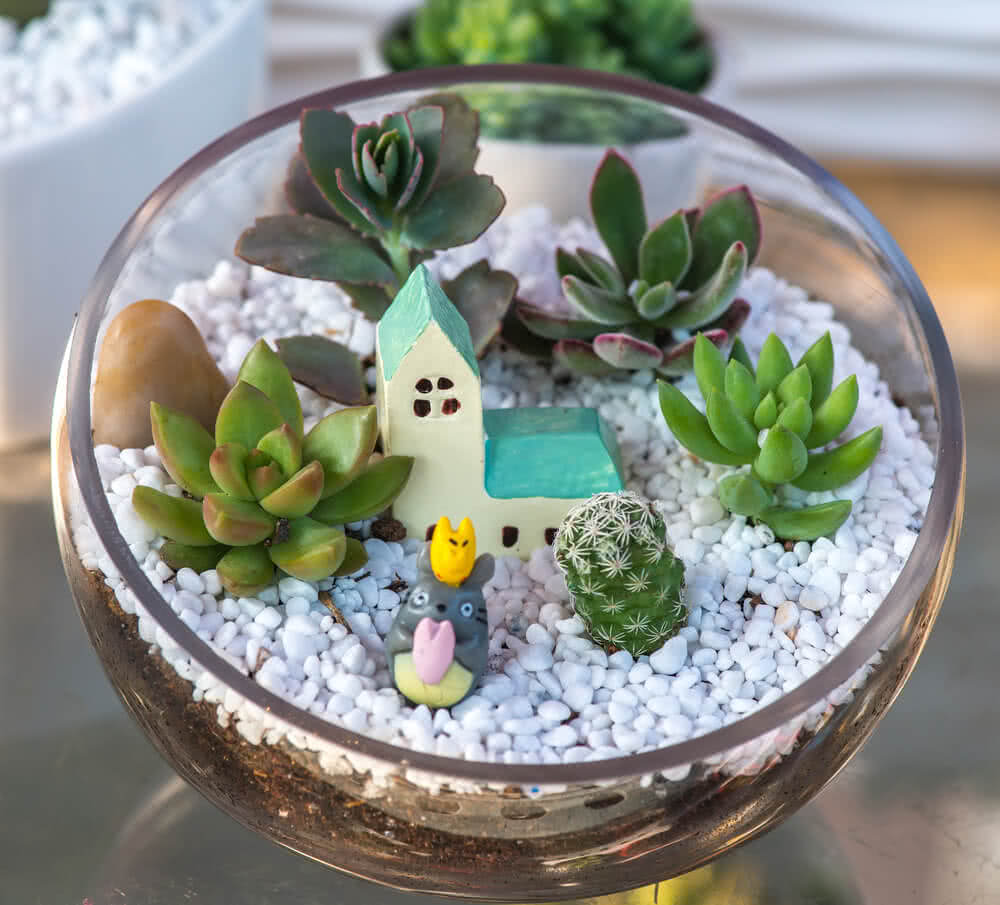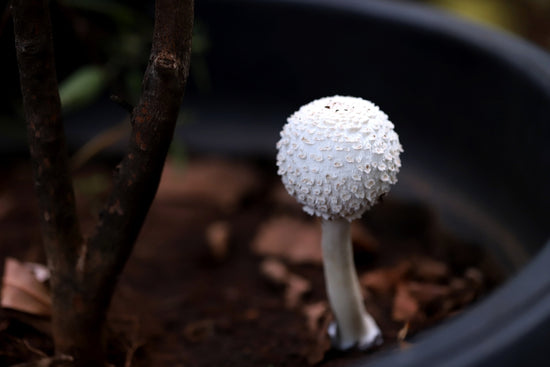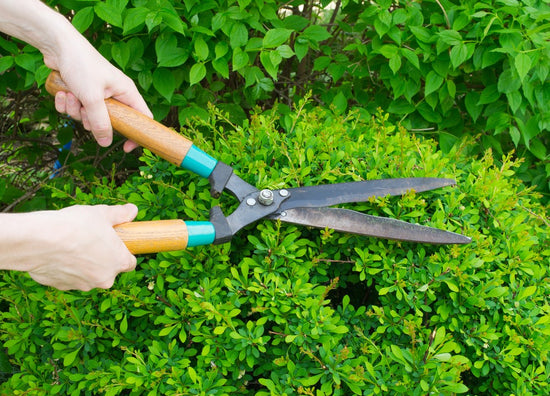Miniature gardens are attraction points these days in various plant exhibitions and flower shows.

What is Miniature Gardening?
Miniature gardening is a little complicated in the sense that many garden features such as paths, rocks, hills, pools (arranged with the help of a mirror), well heads, flowers, shrubs, trees, etc. are to be designed in the miniature form. In practice, a miniature garden is nothing but a rock garden done on a small scale or what is sometimes referred to as “showcase size”. There is hardly any difference between a window box rock garden and a miniature garden. The only difference is that the former is placed permanently on the window-sill, whereas the latter can be placed anywhere inside the house or in the portico.Read about How to Make a Rock Garden?

How to make a Miniature Garden?
This type of garden is best laid in containers of concrete, stone, wood, plastic or fibreglass. The true English tradition demands that miniature gardens should preferably lay in old wooden troughs. But under most Indian conditions, the best container will be of concrete. For this purpose, a box that is 25-30 cm deep, 60 cm wide and 90-100 cm long with drainage holes, will be ideal.Initially, the container is filled to a depth of 7-8 cm with pebbles and gravels for drainage. Over this, a soil mixture consisting of equal parts of good garden loam, sand and leaf-mould or cocopeat is filled leaving a gap of 1-2 cm from the rim for watering. The miniature garden has to be placed in full sun. This should be protected from the adverse weather conditions such as hot winds and torrential rains.
The surface of the miniature garden is used to create small valleys, peaks, paths and pools (arranged by the reflection of a mirror). The plants are planted in between. The surface is scattered with coloured pebbles and stones which not only give a natural effect but also prevent the soil from being washed off. A similar technique is followed for gardening in dishes, bowls and trays. You may like to read about how to start a fairy garden.

Use of plants in a miniature garden:
The plants should be arranged in an aesthetic manner. To achieve this, plants of various heights should be used, with the tallest one as a leader. Each plant in the mini garden should be equally vigorous in growth so that one does not over-run the other. The shy growers should be grouped in a separate container. One should not forget to include one or a few trailing plants which will hand down the sides of a container.
Plants suitable for a miniature garden:
Most of the plants suitable for the rock garden can also be used for a miniature garden. Many people like to put their miniature plants (bonsai) in this garden. The following plants are suitable for miniature gardening:Cacti and succulents: Dwarf agave, Crassula, Aloe, Sedum, snake plant.
For large size arrangements: Aralia, Dracaena, Syngonium, Ficus
For small size arrangements: Spider plant, Peperomia, Begonia, African violets.

Tray Gardening:
The principle of gardening in trays is also the same as above. Any tray which is used for serving will be suitable for tray garden, provided the margins are raised at least about 3-4 cm to accommodate the soil. Alternatively, plants grown in decent looking pots may be displayed in trays.
Click here to buy decorative pots online in India.
Happy Gardening!










